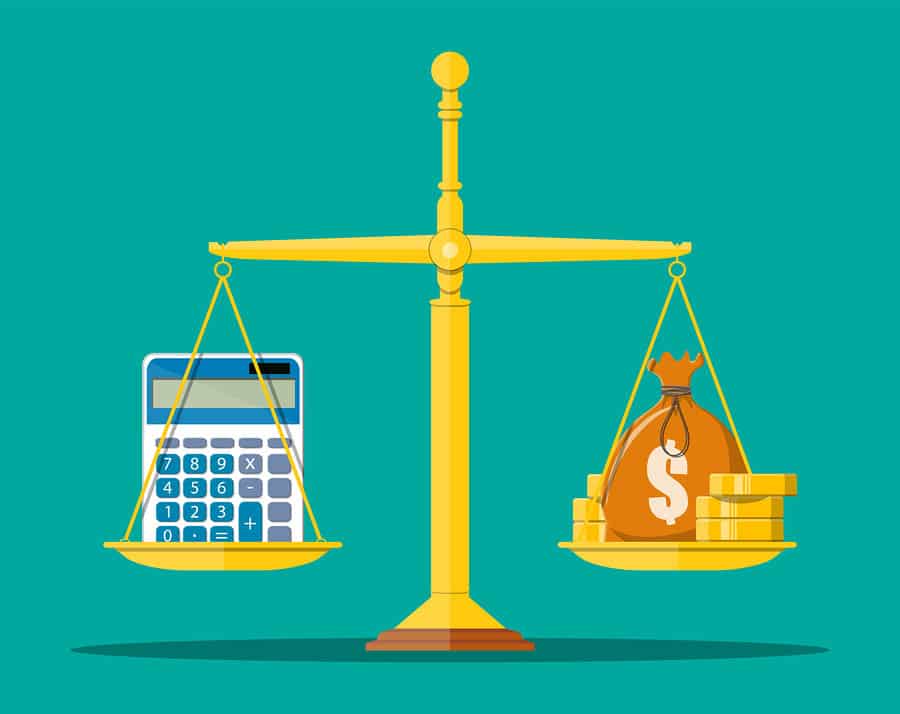A balance sheet is one of the most important and useful documents for determining the financial health of your business. At Chicagoland CPAs, we like to think of the business balance sheet as a basic accounting equation. That means that a company’s assets should be the same amount as its liabilities and shareholder equity. However, the balance sheet provides much more in-depth detail for each category than you would find in a typical accounting transaction.
Start by Listing Your Company’s Assets
The typical balance sheet begins with a list of company assets in order of how easy or difficult it would be to liquidate them for cash. This section also classifies assets by whether the business owner expects to sell them for cash within the next year or whether the item is a long-term asset.
Common examples of short-term liquid assets include:
- Cash on hand and/or cash equivalents
- Inventory
- Receivables
- Short-term investments
The following are common examples of long-term assets that the typical business owner would not expect to sell within the next year:
- Buildings
- Depreciation
- Equipment and machinery
- Intangible assets
- Land
- Long-term investments
While the assets of your business might not match these examples, the important thing is to list them on a balance sheet and update it regularly as assets change.
List Liabilities in Due Date Order
When including the liabilities of your company, list by when you must pay the debt and whether you consider it short-term or long-term using the same one-year standard.
Here are some common examples of short-term business liabilities:
- Accounts payable
- Expenses incurred
- Short-term debts
- Taxes
Issued bonds are a common example of long-term business debt.
Last but Not Least: Shareholder Equity
The terms “net worth” or “book value” of a business refer to how much shareholders own versus the percentage owned by company owners. In determining these figures, you should include the following items:
- Common stock par value
- Paid-in capital
- Retained earnings
- Stock held in the treasury of the business
Keep in mind that the market price of stocks and the shareholder equity listed on the balance sheet can sometimes differ considerably. When this happens, it means that the market has valued the stock higher or lower than the company has. Besides determining financial health of a company, a balance sheet also informs shareholders of the potential profit they would earn if the owner decided to sell the business and its assets.
Create Your Balance Sheet with Help from Business Accounting Experts
Chicagoland CPAs works with small businesses with a few employees, all the way to major corporations. We are available now to assist your company in creating its first balance sheet or updating the information you already have. Accuracy is essential with everything you have riding on your company’s balance sheet. Please contact us to learn more about how we can help your business attain maximum profitability.



